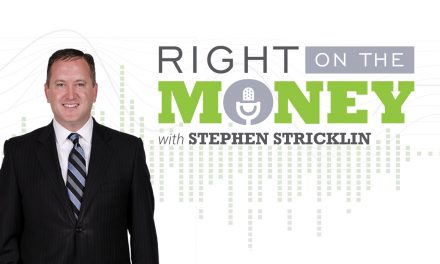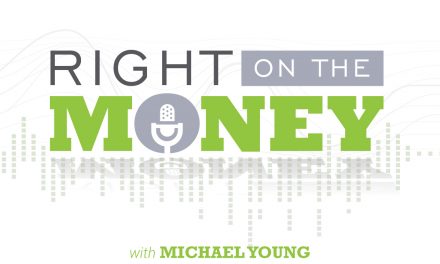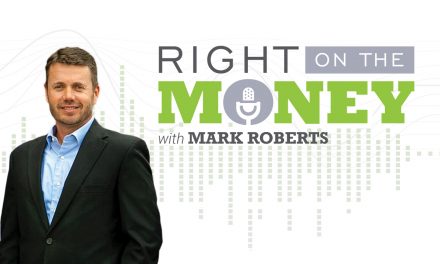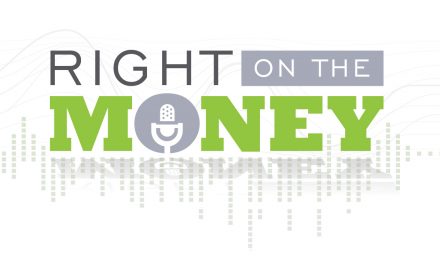Taxes Are the Biggest Annual Budget Item in Retirement
The taxman cometh. He comes for everyone and he doesn’t discriminate. The retiree, the senior, the elderly and the uber-aged are in the crosshairs of his target. Uncle Sam is not your uncle—he’s the revenuer from old. His collection agency garnishes billions of dollars a year. The only way to beat him is the learn the tax system that defends him. Watch the interview with registered investment advisor Anthony Cangemi.
Managing your distributions in retirement on the basis of their tax consequences could yield 10 to 15 percent more spendable income every year. Learning the basics of the tax system could be the best education course to take in retirement. Remember, an uneducated retiree is generally paying unnecessary taxes to the government. The tax code is so convoluted and deliberately correlated to capture revenue. So learn to protect your income and you’ll have more of it to spend.
It’s amazing to note most seniors believe their tax exemptions and deductions will be enough to shelter their Social Security income from taxation. That could be true for those who have no other income sources. But the vast majority of seniors have qualified retirement plans, non-qualified investments and savings income, as well as specific tax-free municipal bond holdings. But in the end, all these forms of income are includable in the provisional income test to determine Social Security benefit taxation.
One tax strategy is to defer qualified plan distributions until age 70½ when required minimum distributions (RMDs) must be disbursed. On one hand, the deferral allows your investments to continue to grow tax-deferred. On the other, the accumulated build up increases your RMDs and may inadvertently push your income threshold into tier-two taxation of your Social Security benefits. It’s a catch 22 for most retirees.
But an individual can defer 25 percent of qualified plan monies (not to exceed $125,000) into the future as far out as age 85. A married couple may be able to defer $250,000 to age 85 and reduce their RMDs and the amount exposed to tax for at least 15 years. That tax savings could be significant, especially if the reduced income drops you a tier or two in Social Security tax brackets.
If you’re inclined to help your family financially, you may want to consider a stretch IRA. This strategy employs two lives, sometimes with different generations. The RMDs are factored on the basis of the younger of the two and can substantially lower the RMD obligation to the current retiree. And if you’re charitably inclined, you can donate your IRA monies direct to your IRS-approved non-profit organization as a Qualified Charitable Distribution from an IRA. The annual amount is $100,000 for individuals and $200,000 for a married couple.
These are just some basic strategies you can employ to control your taxes during retirement and keep more of your money back in your pocket where it belongs.
Syndicated financial columnist Steve Savant interviews retirement specialist and registered investment adviser Anthony Cangemi. Right on the Money Show is an hour long financial talk distributed to 280 media outlets, social media networks and financial industry portals.





